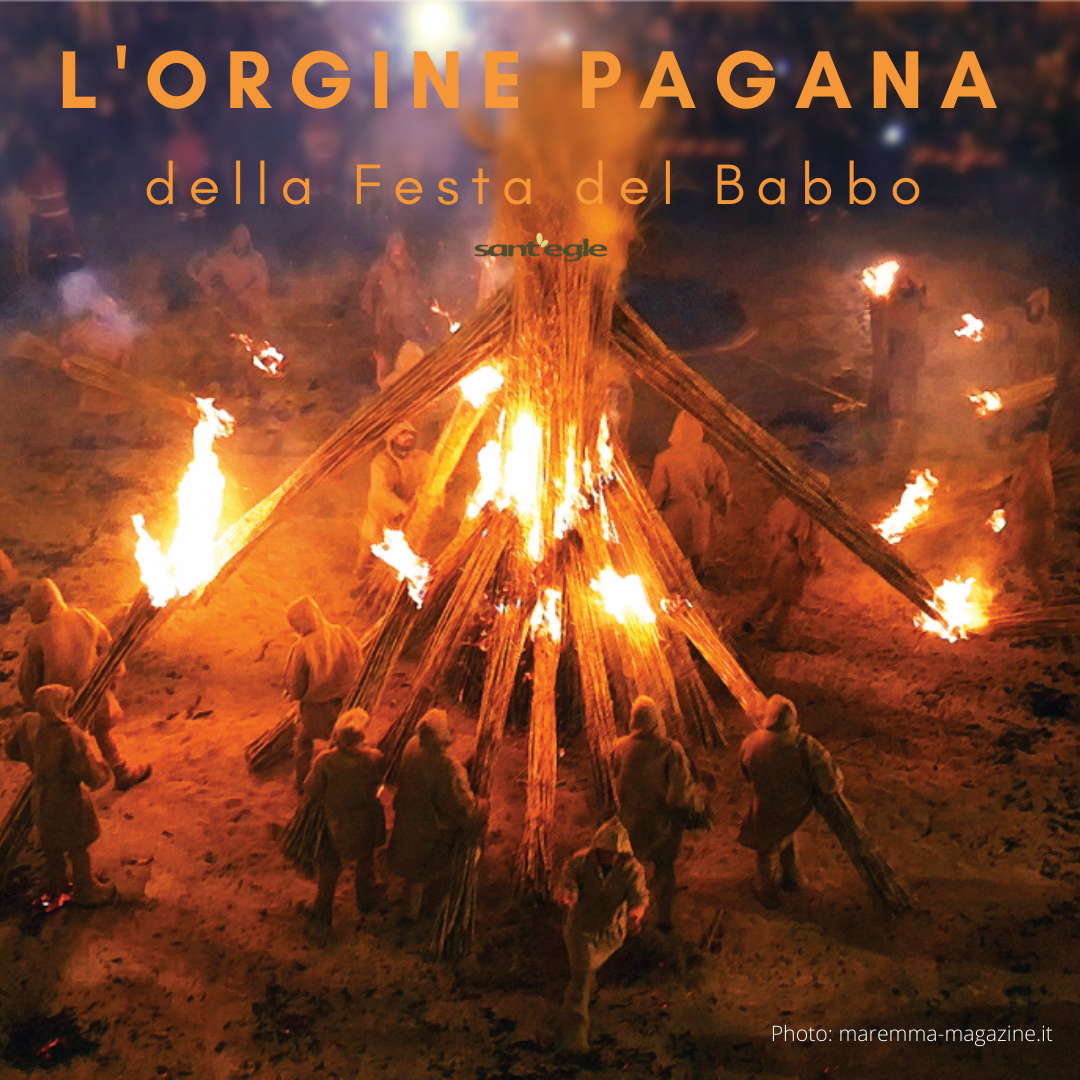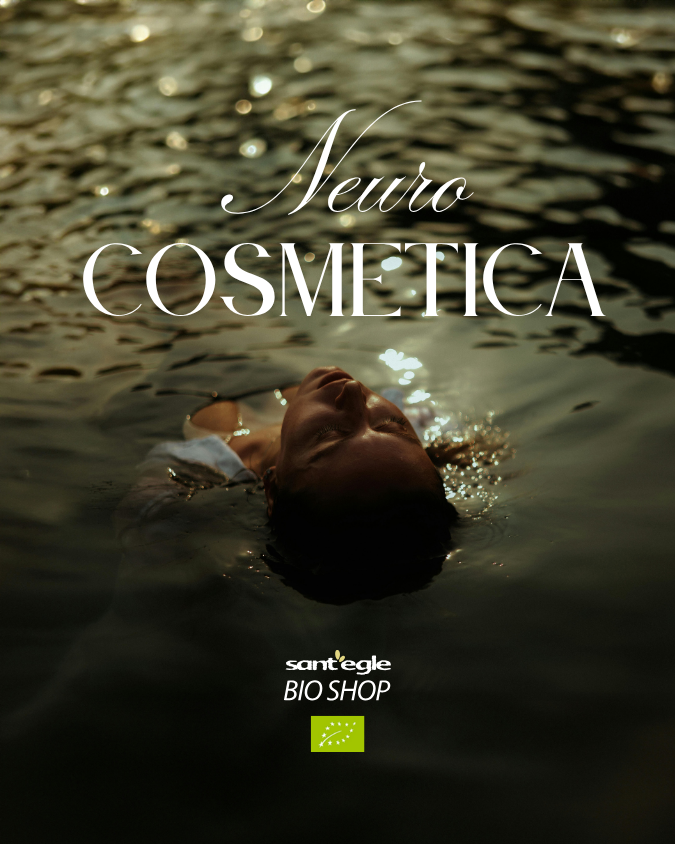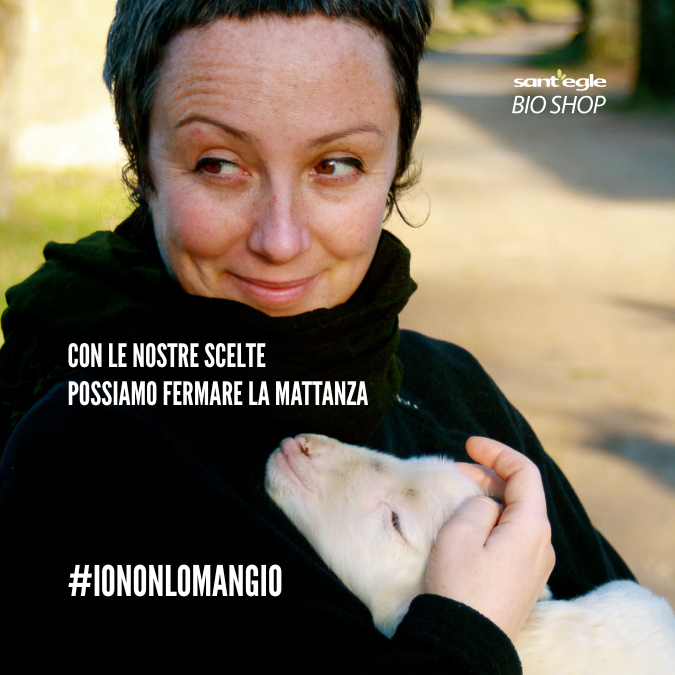Since Etruscan times, on the eve of the spring equinox, propitiatory rites for fertility and the harvest were held.
Like all rituals linked to Mother Earth, they have been handed down and adapted to new times with different meanings.
The protagonist of this festival is fire, which was associated with the idea of purification and augured rich harvests and fertile countryside.
With the arrival of Christianity, in the Middle Ages, this rite was associated with San Giuseppe, who is celebrated every year a stone's throw from the Sant'Egle organic farm, precisely in the stupendous Pitigliano.
With the arrival of Christianity, in the Middle Ages, this rite was associated with San Giuseppe, who is celebrated every year a stone's throw from the Sant'Egle organic farm, precisely in the stupendous Pitigliano.
Although it is a celebration in honor of a Christian saint, the ritual is evidently Pagan.
Forty torchlighters, hooded and dressed in hemp clothes, set off from Via Cava del Gradone carrying a bundle of reeds on their shoulders, cross the valley of the Meleta stream to arrive in the town square of Pitigliano, where an enormous straw puppet awaits them symbolizes winter. The bundles of reeds will set the puppet on fire, giving life to a very high and purifying fire that symbolizes the end of winter.
The torchers, hand in hand, create a circle around the fire, all dancing together, recalling the fertility of the ancestors.
The origin of this ritual is therefore the celebration of fertility.
The fertility of the earth with new crops and the fertility of all men (and fathers) who give life.
The fertility of the earth with new crops and the fertility of all men (and fathers) who give life.
A day to stop and honor the earth and all the men in our lives. 💕






